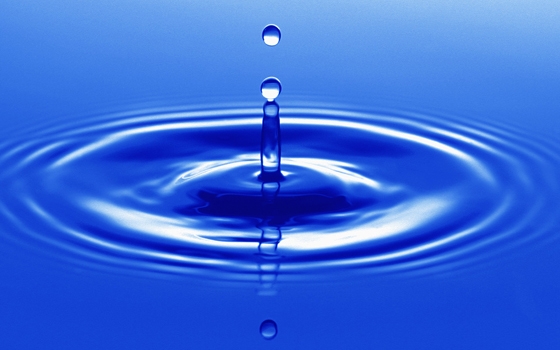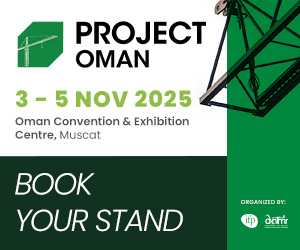The Ministry of Water and Irrigation has allocated around JD240 million ($339 million) for the construction and rehabilitation of water infrastructure in different parts of the country, a government official said.
Water pumping stations, water carriers, pipes, wastewater treatment plants and sewage networks will be revamped starting this year, according to Ministry of Water and Irrigation Spokesperson Omar Salameh.
"The rehabilitation of the water infrastructure will be funded by several international donor organizations with the aim of improving water supply in Jordan, which is witnessing rising pressure on its water resources as it continues to host thousands of Syrian refugees," Salameh told The Jordan Times.
Meanwhile, the Water Authority of Jordan (WAJ) is rehabilitating the Akeb and Zaatari wells in Mafraq Governorate to increase the volume of pumped water this summer, Salameh said.
"The JD2.7 million rehabilitation project is funded by the German Development Bank (KfW). Once rehabilitated, the wells will produce 500 cubic meters per hour and ease the water shortage in the north," he noted.
The official said the WAJ is in the process of awarding a tender for the first phase of another KfW-funded project in Mafraq to improve the water grid at a cost of JD1.2 million.
"The authority has also finalized the tender documents for the second phase of the project, which will be implemented in Balaama in Mafraq," Salameh added.
Mafraq Governorate, 80km northeast of Amman, sits on one of the Kingdom's main reservoirs and supplies Amman, Irbid, Jerash and Zarqa with water from the Sumaya artesian wells.
Water per capita in Mafraq was one of the highest in Jordan, reaching more than 100 cubic metres per year, but the amount has dropped by half over the past year as it is now being split with Syrian refugees, according to ministry officials.
Recent ministry figures indicate that demand for water is projected to rise by 16 per cent this year, while the Kingdom's water deficit will increase by 50 per cent due to the influx of Syrian refugees.
The average annual rise in water demand in Jordan is around 6 per cent, while the water deficit is usually around 400 million cubic meters (mcm). This year, demand has almost tripled to 16 per cent and the deficit will amount to a record 600mcm, according to the ministry.
The Mafraq, Irbid, Jerash and Ajloun governorates suffer from an acute water shortage, caused by limited resources, violations to main water lines and deteriorating networks, while the situation has worsened with the influx of Syrian refugees, according to ministry officials.
Jordan is currently hosting over 500,000 Syrian refugees, and UN officials expect the number to surpass 1.2 million by the end of the year.
Over 70 per cent of Syrian refugees in Jordan live amongst host communities, while the rest are accommodated in the Zaatari Refugee Camp in Mafraq Governorate and the Mreijeb Al Fhoud Camp in Zarqa Governorate.
Jordan Times
14 June


















































































